At Tasaki, the Pearl Is the Queen But the Diamond Is the King
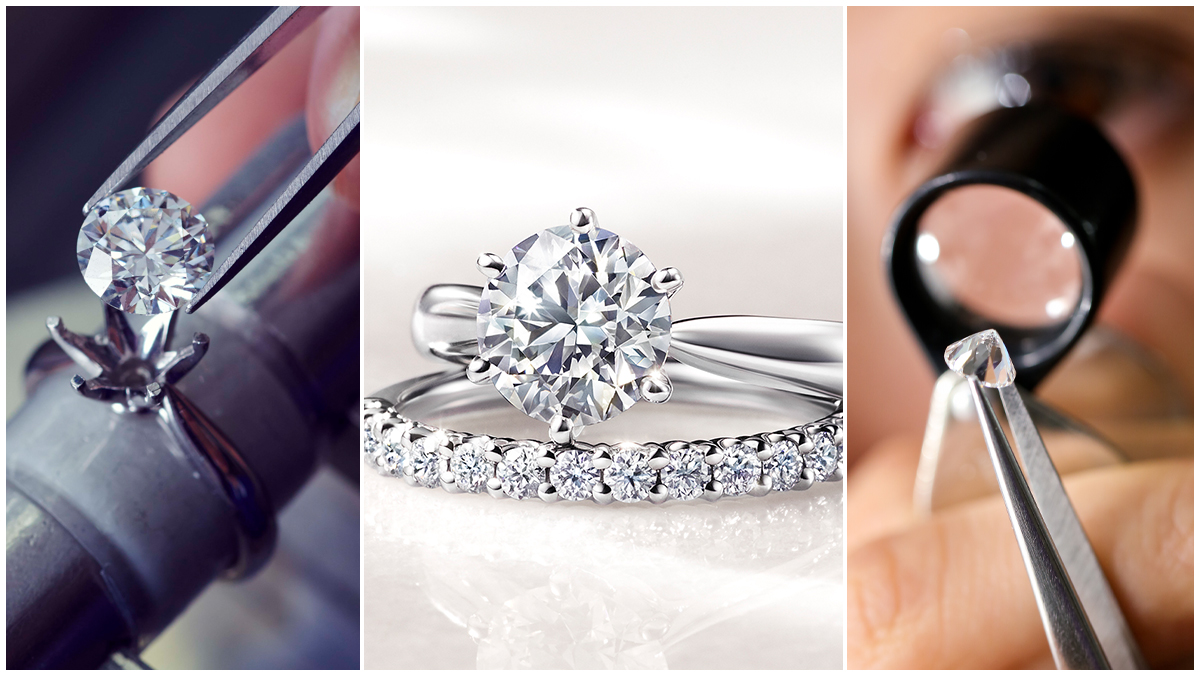
Only Natural Diamonds sat down with Tasaki’s humble and charismatic Masanobu Ebisutani to learn more about his exceptional career and inexhaustible passion for diamonds.
Only Natural Diamonds: Can you share your background and story? How did you get into the jewelry industry?
Masanobu Ebisutani: When I was a child, I wanted to go and work abroad. I was 10 or 11 when I thought the best way was to become a pilot. After thinking about it, I realized that a pilot could leave but always had to return quickly. After several reflections as a schoolboy and high school student, no direction seemed right.
My uncle was a famous calligrapher at that time who held the highest title in Japan. He had many calligrapher students, one of them was a gemologist. He invited me to his private museum, and his stories inspired me; to think that it would be thanks to the gemstone that I could go abroad!
I majored in international economics in college, but in the end, I studied gemology. The two go hand in hand. The first stone we studied in these courses is the diamond. So I went through a full cycle studying the origin and history of diamonds, then diamond cutting and finally the diamond trade.
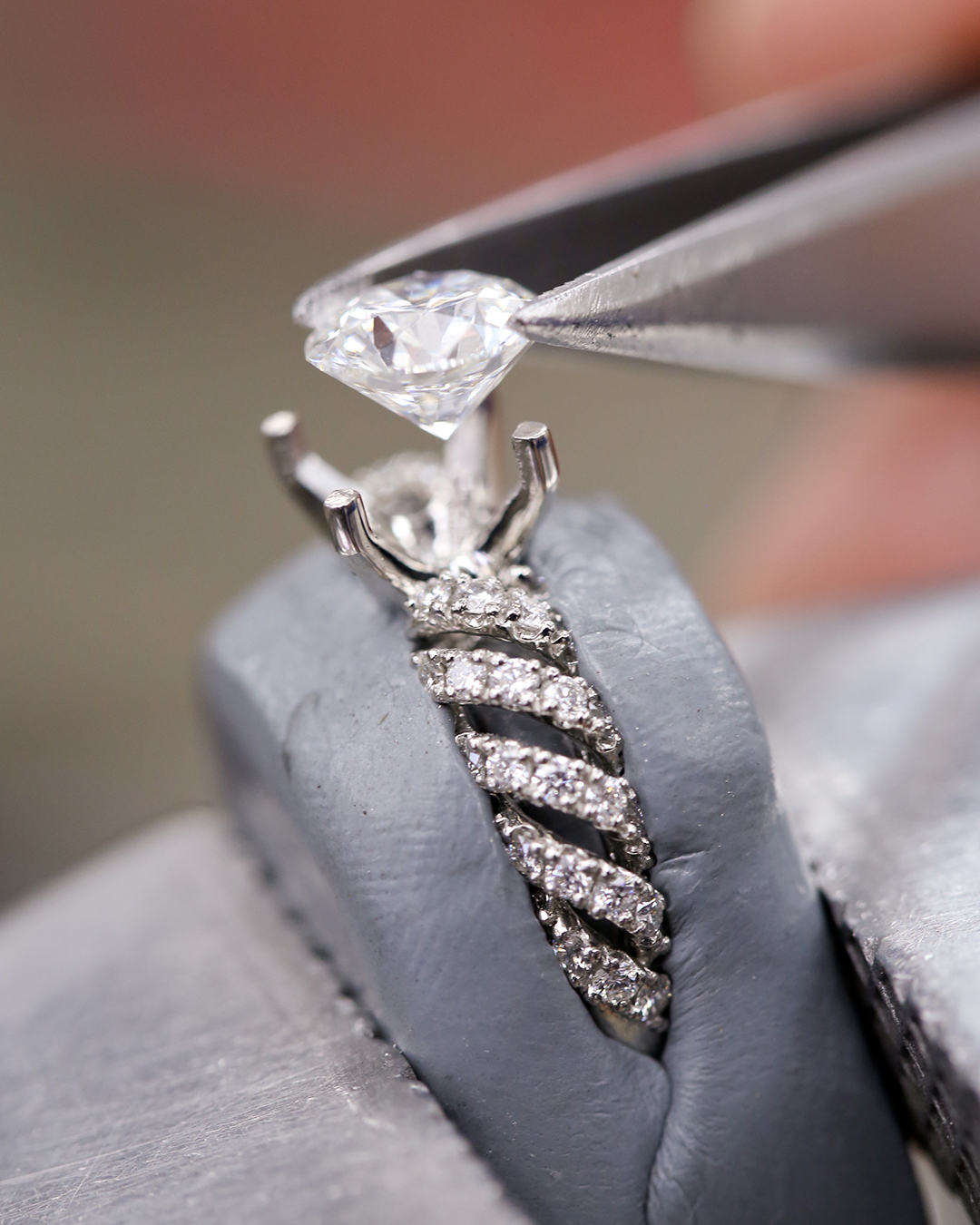
OND: How did you arrive at Tasaki?
ME: I was committed to my plan to go abroad and work in business, which seemed like a good compromise. When I graduated from college, I asked my gemology professor for advice on which company I could join. He recommended that I go to Tasaki. It was 1983 and I was 22 years old. The founder of Tasaki asked me which division I wanted to join. Of course, I said that I would like to join the diamond or colored stone department. He said, “If you want to be a diamond or gemstone specialist, you must know the business first.” So I joined the retail division. I was a salesman for a year and a half. After gaining experience in retail, I moved to the wholesale division for jewelry. I spent three and a half years there. Then, finally, I joined the diamond-buying division.
I worked in this division for two years. After being with Tasaki for over six years, I came across a recruiter in the company who wanted me to go to Israel to establish the diamond subsidiary. I said yes! It was the founder who arranged the interview for me. Our founder, Mr. Tasaki, remembered my wish to go abroad and become a diamond specialist. So he agreed and sent me to Israel as a representative of Tasaki.
OND: The company has expanded hugely in Israel, how did you achieve this?
ME: I moved to Israel, we established the branch and we started polishing rough diamonds. We hired an Israeli who knew how to polish, and then we hired new employees who didn’t know anything about diamonds, but we trained them, and gradually we started being profitable. That was in 1989. The founder told me that if we were going to start polishing diamonds, we had to work from the source, so we applied to become a sightholder (one of a select few companies approved to purchase rough diamonds directly from the source).
We started by buying rough diamonds from other companies to understand how the market works. As we bought more and more, we were recommended by a company working with De Beers. After following a very strict process based on the financial health of the company and our purchasing, cutting and polishing capabilities, in 1994, after three years of hard work, we were granted sightholder status. I was 34 years old, and my dream came true! Since that date, we are still a De Beers sightholder.
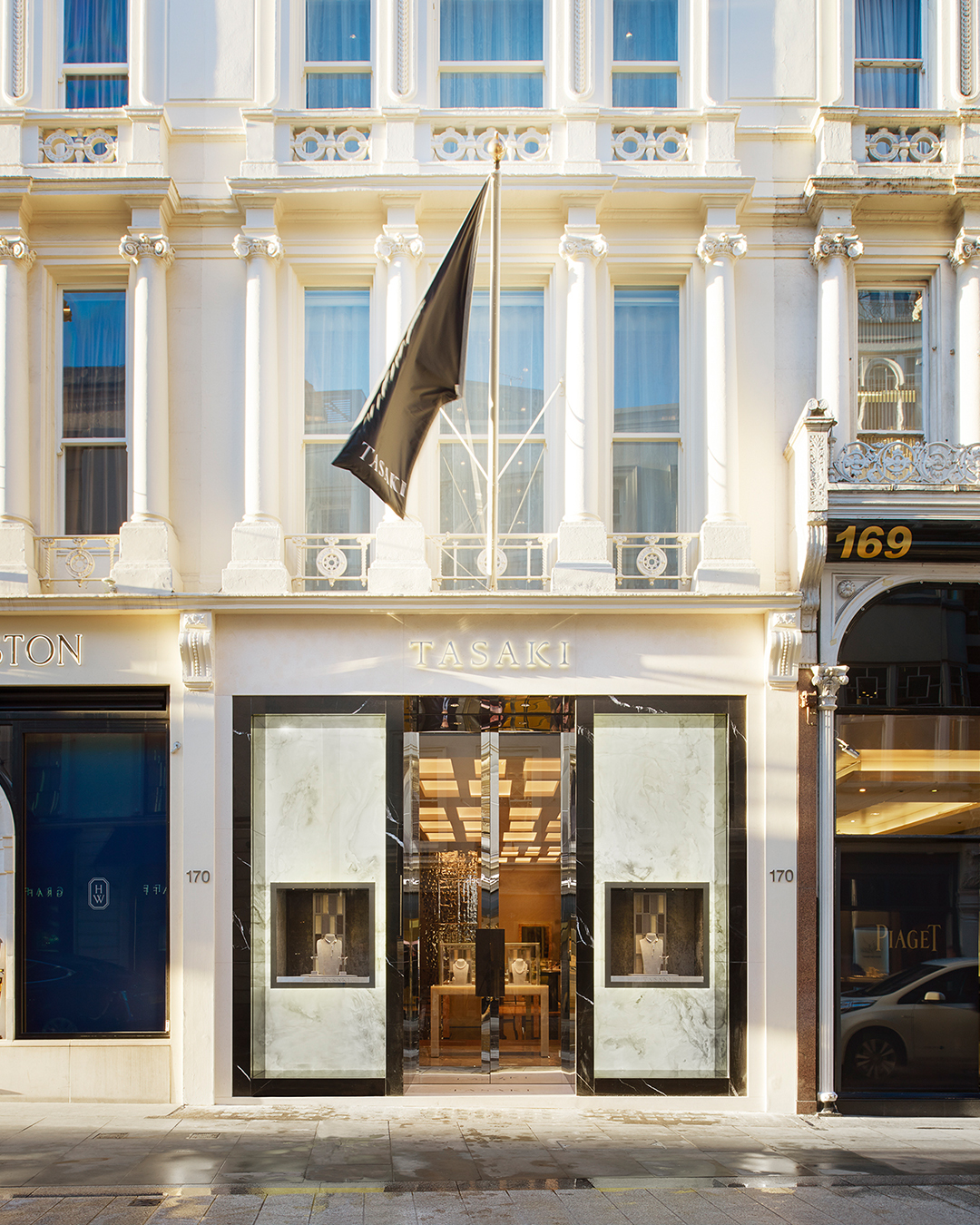
OND: What inspires you when working with diamonds and how do you strive for excellence?
ME: We learned that you must always push the limits to bring the best to your clients. In this business, we need two things—maybe three. First of all, we need to love natural diamonds, and we love natural diamonds. That’s the priority. If I don’t have a passion for diamonds, I can’t focus. Secondly, we have to have a lot of experience. Experience is the most important factor in this business. Today, technology helps us to imagine the final result of a rough diamond. In my time, everything was done with imagination and inspiration, so I needed a lot of imagination and a vast knowledge of diamonds.
Finally, I have to have a lot of patience. To be patient, I have to keep my body healthy. After I come home, I do yoga. Every Saturday, I go to study yoga with my wife. Yoga brings me mindfulness and also brings me many moments of peace. I can say that everything has become very peaceful in my mind.
OND: What do you love about diamonds?
ME: Because every diamond is one-of-a-kind and made by the Earth. Every rough diamond has a different shape, a different clarity, a different color and a different structure. Cutting and polishing are unique to each diamond, so each diamond teaches me many things. After thinking about the cutting plan, then cutting the stone, we can’t change it anymore; that’s why we must be very careful and know how to approach each diamond. It is this perpetual challenge that inspires me.
Every day I look at diamonds, diamonds and more diamonds. Even today, I start at seven o’clock and work until nine. It’s the same rhythm I’ve had for 40 years. This way, I can examine the most diamonds, and that makes me happy.
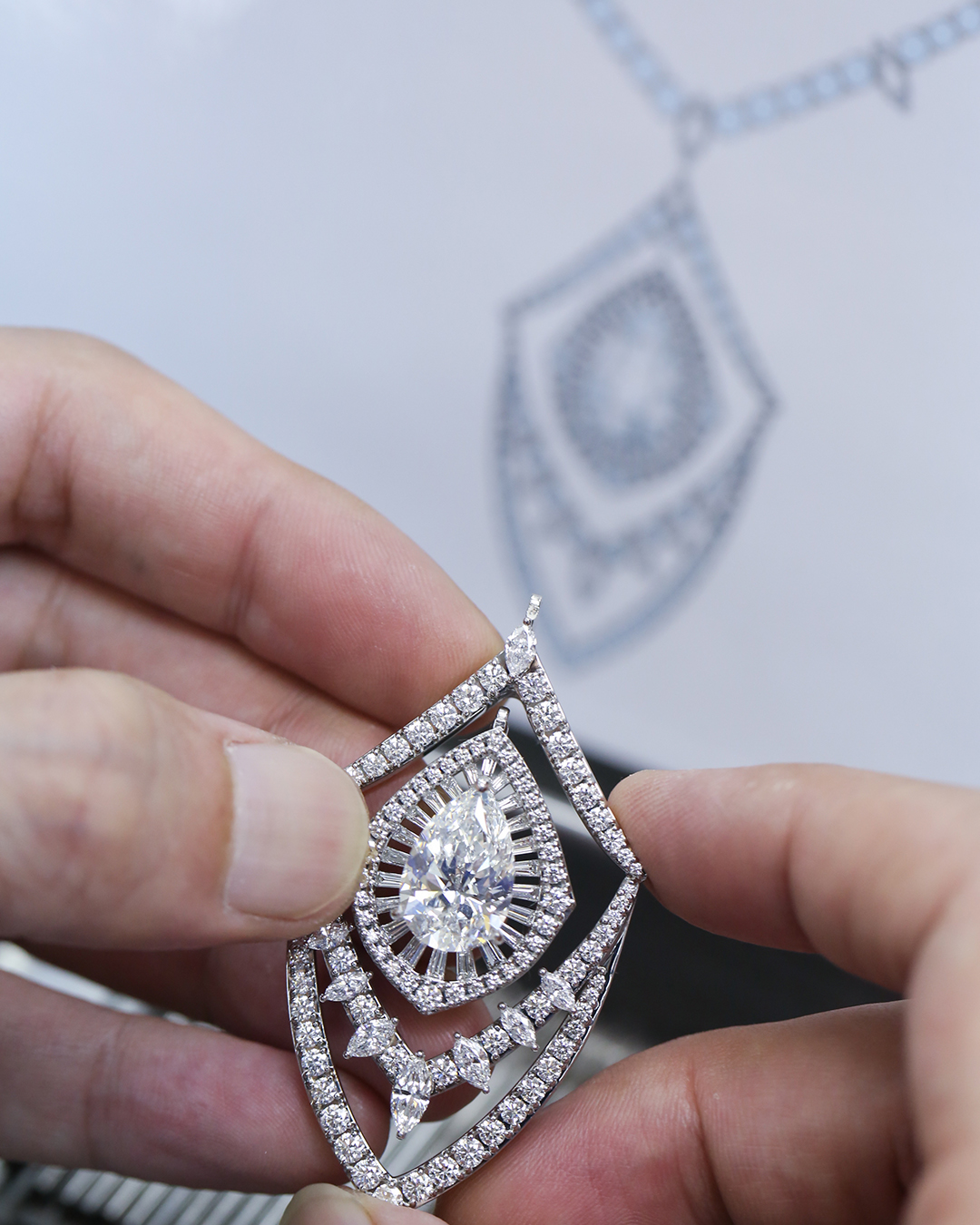
OND: How do you move beyond a classic and take it to the next level?
ME: A difficult question. If you look at the diamond, each has specific characteristics, right? For example, diamonds with a lower color are traditionally less desirable, but if the cut is perfect, even lower color diamonds can give a beautiful brilliance, and when set in yellow gold jewelry, the color can be important to the overall beauty of the piece. Each diamond, if you look at its character, inspires me to what the corresponding jewelry should be. You know what I mean?
We have recognized that when light enters a diamond, it reflects more than 100 times, which means that the diamond captures the light. This is very interesting. The diamond itself is transparent, it has no color, but you can see that it is white, right? That shows that the diamond captures the light. A natural diamond is unique in this way.
OND: What is your advice for someone buying natural diamond jewelry?
ME: Natural diamonds are an emotion. Other gemstones can’t give us that emotion.
My tip for when someone buys a diamond: any of its characteristics may be beautiful, but it must be perfectly proportioned. Otherwise, it can’t capture light properly.
We have had a listed natural diamond price index since the year 1970. So we have 52 years of diamond price data. We know that if we buy a diamond today, after two or three decades, the value of the diamond should be much higher. Take the example of Elizabeth Taylor’s jewelry. It was auctioned off when she passed away. And how much did they sell for? Do you know?
Everyone knew the original purchase price. When she died, the auction value was 40 times the purchase price, according to Rapaport.
Diamonds come from nature, and year after year, we see that fewer and fewer diamonds are found. For example, before diamonds were discovered in Brazil, India was the only country where diamonds were found. But today, there are no more diamonds being discovered in India because the mining life is over, and even Brazil is over now. South Africa used to be the number one country, but every year it is decreasing. In Canada, too, diamond discovery is decreasing year by year. The supply of diamonds is limited and decreasing.
In the theories of our universe, we say that the pearl is the queen and the diamond is the king. These two form a beautiful couple, a royal family…
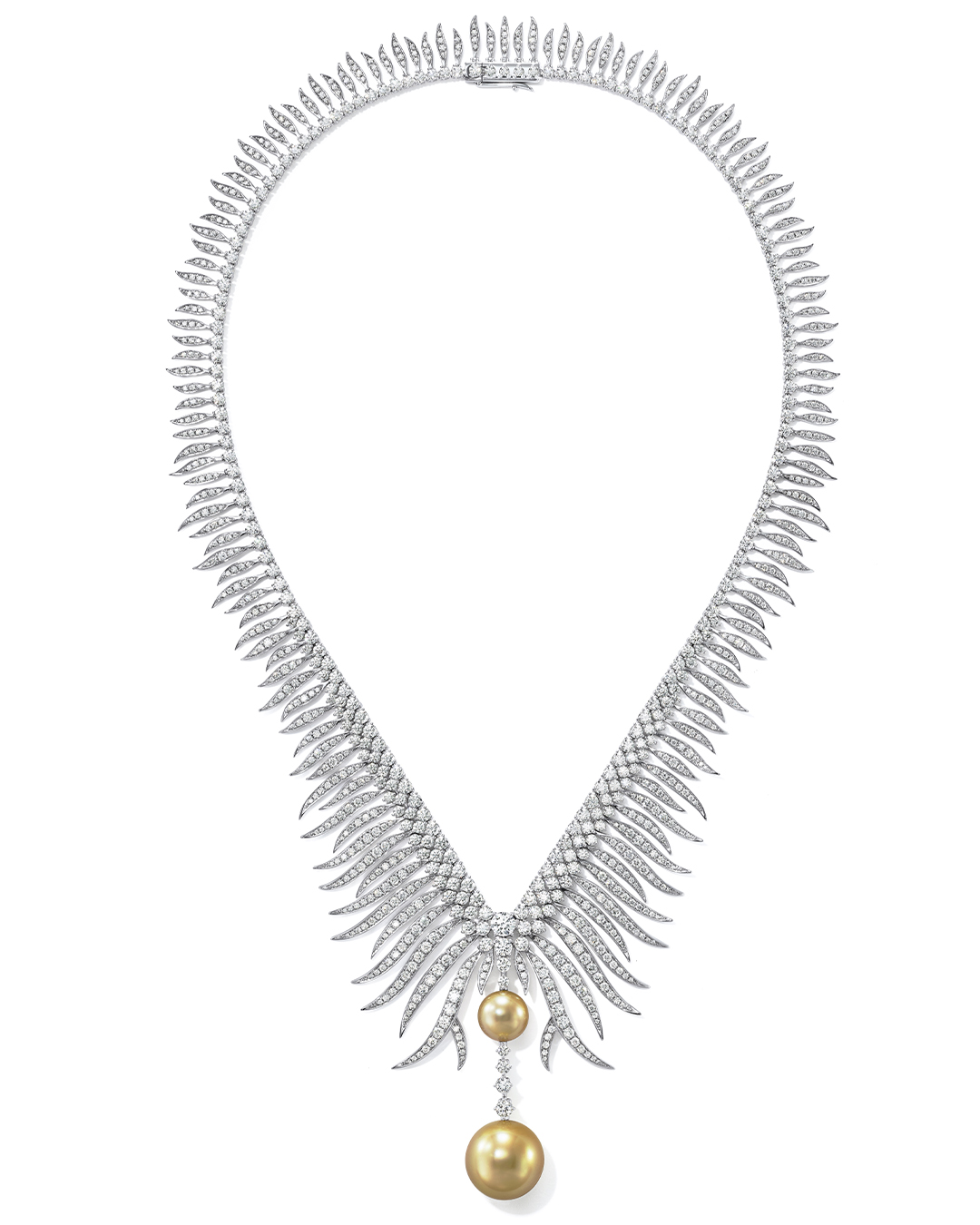
OND: What do you think is the future of diamonds?
ME: Since the 15th century, people have given natural diamonds as a symbol of engagement. The diamond became the ultimate symbol of love.
The most important factor in the future of natural diamonds is the increase in demand from large countries with rapidly growing middle classes like China and India. Increased demand combined with production decreasing yearly, so the scarcity of diamonds should be higher and higher.
It is very important to educate people about natural diamonds and the industry and correct common misconceptions. We need the whole industry to come together and enlighten people on the importance and value of natural diamonds.
The natural diamond industry is different from many other gemstone industries. We have such transparency and are highly regulated.
The diamond industry is a unique business. We enter a contract of trust when we say “mazal.” We don’t need a written contract. When we say “mazal,” the deal is done; we just trust each other. We don’t have this practice in other industries, our business model is so unique.
Today, TASAKI has succeeded in producing “Excellent” quality diamonds in a market where it is difficult to succeed. Now, 100 percent of the round brilliant diamonds we cut have a cut grade of 3 Ex (“Triple Excellent”).
This interview was translated from French and edited for naturaldiamonds.com
